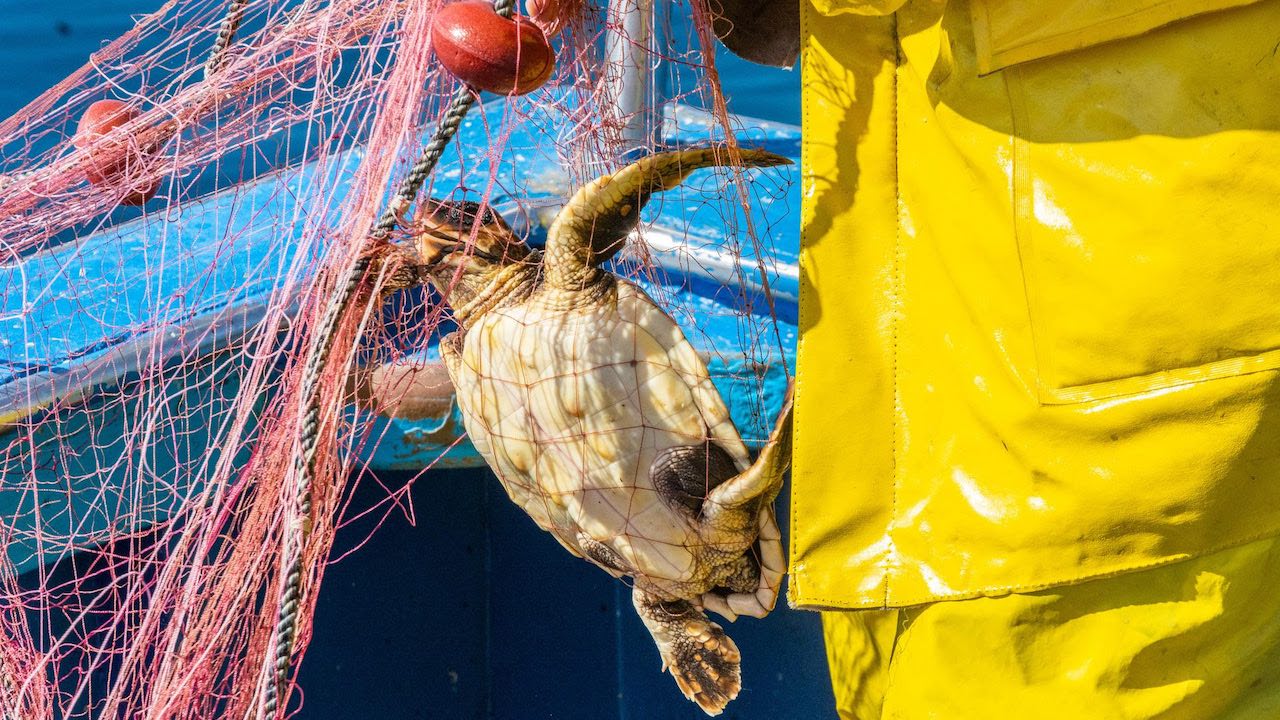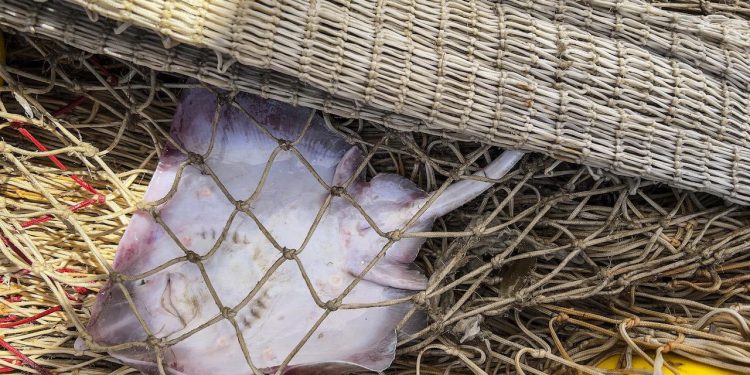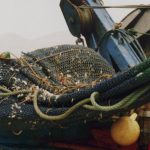Despite the region’s susceptibility to climate change and other impacts, the Mediterranean and Black Sea remain one of the world’s biodiversity hotspots, rich in species variety and with a high occurrence of rare and vulnerable species.
Interactions, specifically incidental catch and depredation, between fisheries and vulnerable species result in negative outcomes on both sides. Vulnerable species can come to harm, while, some of these species can cause significant economic losses for fishing people, scavenging catches and damaging fishing gear.

These interactions have been receiving increasing attention, but gaps in knowledge on the actual extent of the problem persist. To better understand these occurrences and work towards mitigation solutions, the General Fisheries Commission for the Mediterranean (GFCM) has partnered with several organisations and recently launched a regional plan of action to monitor and mitigate interactions between fisheries and vulnerable species in the Mediterranean and the Black Sea (RPOA-VUL).
This ten-year plan, which directly contributes to the GFCM 2030 Strategy, aims both to reduce incidental catches of vulnerable species and to minimize instances of dolphin depredation.
‘Productive fisheries require healthy seas, and ensuring fisheries do not have a significant negative impact on the marine environment is a key aspect of the GFCM’s work,’ said Fishery Resources Monitoring Officer Paolo Carpentieri.
‘By shielding vulnerable species from contact with fisheries as far as possible, we can minimise impacts on marine life and sustain healthier seas, as well as help the fishers whose livelihoods are affected by these interactions.’
Following the key actions set out in the RPOA-VUL, the GFCM launched five pilot projects across all Mediterranean subregions, in collaboration with partners, to reinforce monitoring programmes on bycatch and to identify and test mitigation measures aimed at reducing these interactions.
The pilot projects are due to end in 2025, at which point the work plan will expand to incorporate successful measures into future GFCM management plans, as well as consolidate knowledge, and strengthen awareness campaigns and training programmes.
In the Black Sea, a related project is underway. CetaByM, in partnership with ACCOBAMS, aims to assess and mitigate cetacean bycatch in turbot gillnet fisheries. Turbot is one of the most valuable species in the Black Sea, but gillnets, the main gear used in turbot fisheries, pose an issue for harbour porpoises, one of the three dolphin species in the region, which are unable to detect the turbot nets at a distance, and the result is frequent entanglements.
‘Turbot fisheries bring much-needed revenues to many small-scale fishing communities in the Black Sea,’ said BlackSea4Fish Coordinator Hüseyin Özbilgin. ‘But because mortality levels for harbour porpoise are significant, we have been testing measures to mitigate these incidental catches while ensuring that turbot can be fished sustainably in the long term.’
The activities in the Mediterranean and the Black Sea are carried out thanks to the support of countries and multiple donors, such as the European Union, which is the main contributor, the Global Environment Facility, and Spain through a voluntary contribution.









